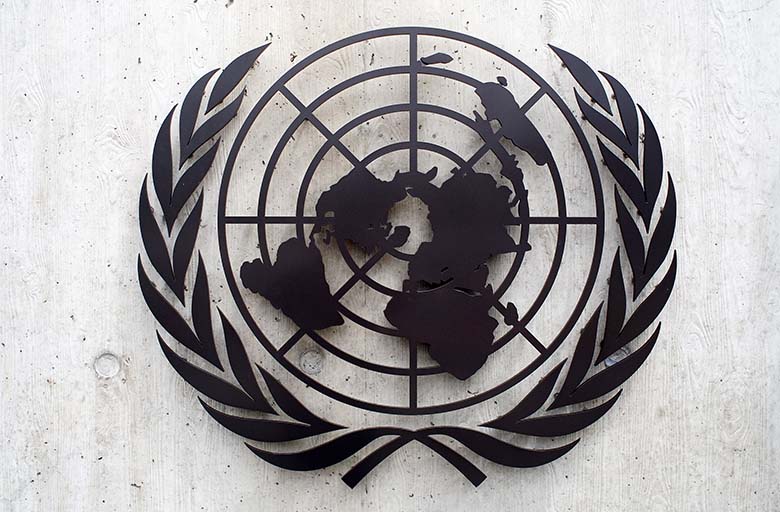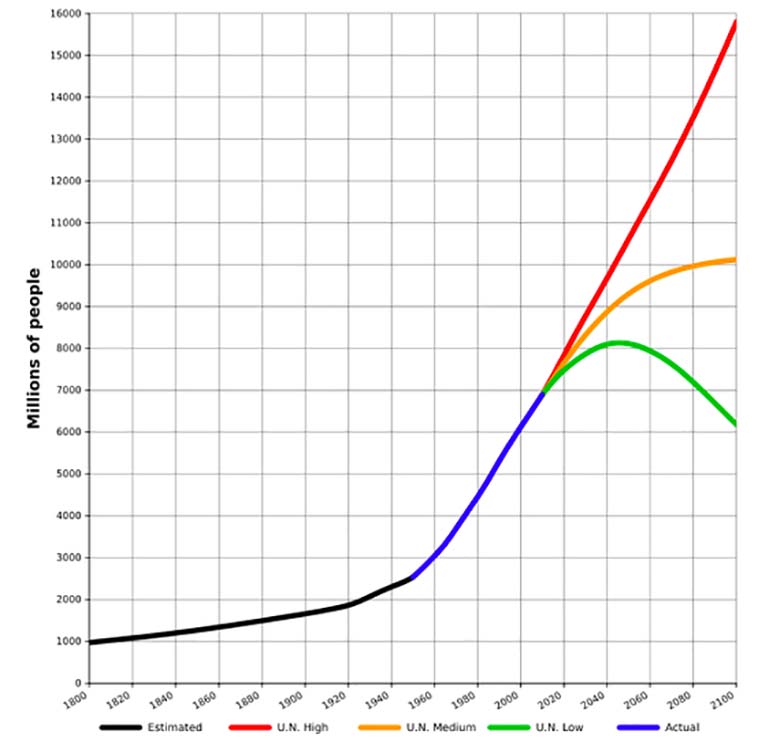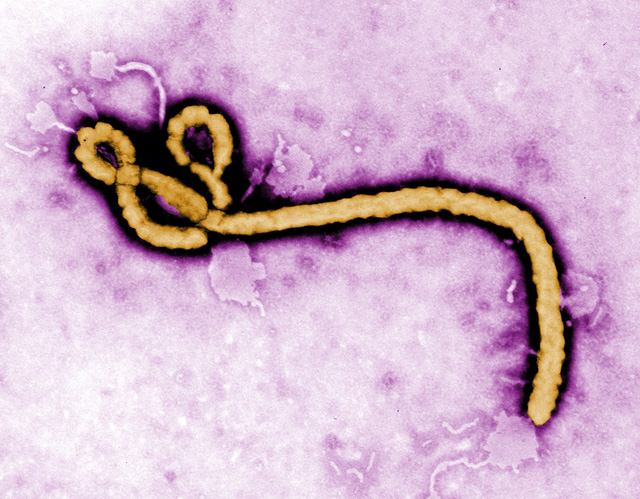
Shoppers crowd Oxford Street during the Boxing Day sales on December 26, 2013 in London, England. (Matthew Lloyd/Getty Images)
July 11, 2015 is World Population Day. It is an annual event to raise awareness on human rights, planning pregnancies, and preventing gender inequality. This year’s theme is called “Vulnerable Populations in Emergencies.”
Here’s what you need to know:
1. It Was Started by the United Nations

The United Nations emblem is seen in front of the United Nations Office (UNOG) on June 8, 2008 in Geneva, Switzerland. (Johannes Simon/Getty Images)
World Population Day was officially created in 1989 by the Governing Council of the United Nations Development Program. It was a reaction to public interest in Five Billion Day, which occurred approximately on July 11, 1987. Five Billion Day was when the world’s population was believed to have hit five billion.
However, the idea of a global event focused on population has its roots in the 1960s. Holidays.net writes:
The idea of World Population Day started in the late 1960s, when world leaders openly declared that adults have the right to choose whether they wanted children or not. This idea was also viewed as a human right. During this era, leaders were more open about discussing child-bearing and the right women had to time their children as they wished.
The idea of planning pregnancies was new to many at the time and having an open discussion about world population was one of the precursors to the feminist movement in the United States.
2. The 2015 Theme is ‘Vulnerable Populations in Emergencies’
According to the official UN website of World Population Day:
The theme for 2015 World Population Day is Vulnerable Populations in Emergencies. The world is seeing a record number of people displaced by crises – some 60 million according to the latest UN figures. UNFPA [United Nations Population Fund] works in emergency settings around the globe to respond to the rights and needs of women and girls, helping them maintain their dignity, securing their safety, and restoring their access to sexual and reproductive health care.
UN Secretary-General Ban-Ki Moon released a statement about this year’s World Population Day theme:
Not since the end of the Second World War have so many people been forced from their homes across the planet. With nearly 60 million individuals having fled conflict or disaster, women and adolescent girls are particularly vulnerable. Violent extremists and armed groups are committing terrible abuses that result in trauma, unintended pregnancy and infection with HIV and other diseases. Shame and accountability rest squarely on the shoulders of the perpetrators who wage cowardly battles across the bodies of innocents.
These women are far from just victims. They have hopes, plans and the potential to make important contributions to our common future. We must staunchly protect women’s health, including their sexual and reproductive health, and address their needs as a priority in emergency relief operations. At the same time, we must continuously advance women’s human rights in times of both turmoil and calm in order to enable them to help avert conflict, stand strong should it strike, and foster the healing that is so badly needed in war-torn societies.
As the United Nations marks its 70th anniversary this year, let us take strength from our founding mission to give hope and support to the most vulnerable. On this World Population Day, I urge countries to commit to bold results that will make 2015 a time of global action, putting people first so that they help build resilience, peace and sustainable prosperity for generations to come.
3. The World Population Has Experienced Continuous Growth Since 1350

World population estimates from 1800 to 2100, based on “high”, “medium” and “low” United Nations projections in 2010. Actual recorded population figures are colored in blue. According to the highest estimate, the world population may rise to 16 billion by 2100; according to the lowest estimate, it may decline to 6 billion. (Wikipedia)
The world population has experienced continuous growth since 1350, when both the Great Famine and Black Death ended. The Great Famine was a Euro-centric, nearly decade long crop shortage. The Black Death was a Eurasian epidemic that reduced the then 450 million world population down to about 350 million in the 14th century. The world population has had continuous growth since then.
Above is a population growth chart of world population estimates the beginning of the 19th century. There’s a lot of disparity among scientists as to where population will go from the current, 7 billion-plus estimate.
4. Asia is the Most Populated Continent
Of the seven continents, Asia is the most populous with 4.427 billion. Tokyo is the most populated city.
After Antarctica, which has no permanent population, Australia is the least populated continent with 23.13 million.
The rest are as follows:
China is the most populous country.
5. The Current World Population is Not Sustainable

(Photo by Center for Disease Control (CDC) via Getty Images)
Many experts state that the current world population trend is unsustainable. WorldPopulationBalance.org writes:
Current global population of over 7 billion is already two to three times higher than the sustainable level. Several recent studies show that Earth’s resources are enough to sustain only about 2 billion people at a European standard of living.
Currently, over 7 billion of us are consuming about 50% more resources than Earth is producing – during any given time period. For example, in the past twelve months we have consumed the resources that it took the planet about eighteen months to produce. We are consuming our resource base.
Mother Nature historically has ways of dealing with over-population and modern crises like bird flu and s have many experts wondering when the big one will hit.